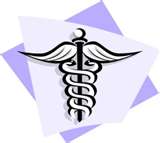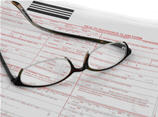Medical Coding

One can think of medical coding as a means of telling a story about a patient's medical condition and his/her encounter with a provider. The process of medical billing is getting that "story" out to the insurance company or paying entity.
As a biller, your most important tools are your medical coding books. Find out which books experienced billers like and why.
Despite all the reference material available, one area that remains a challenge for providers and billers alike is Evaluation and Management or E/M Coding. Due to lack of understanding of the rules and inadequate documentation, many providers undercode and lose money. This is where the knowledgeable medical biller can be of great help to the provider.
The following downloadable pdf files are medical coding reference materials you may find useful. You will also find a glossary of terms and other reference material on the Resources page.
As a medical biller, you want to be prepared for future changes in medical coding. For those of you that are new to this field, getting out the "story" is done through the use of uniform codes.
CPT® codes provide a uniform language to accurately describe medical, surgical and diagnostic services. This is the means of nationwide communication within the healthcare industry. The International Classification of Diseases (ICD) is a standardized means of tracking disease. ICD-9-CM (clinically modified) was adopted in the US in 1979. The code set is updated at least annually based on the input of providers, payers and others. A new generation and much larger code set, ICD-10-CM, replaced ICD-9 codes on October 1, 2013.
As medical coding becomes more complex, formal education is of great benefit. The sheer volume and complexity of the ICD-10 codeset offers better employment opportunities for certified medical coders.


